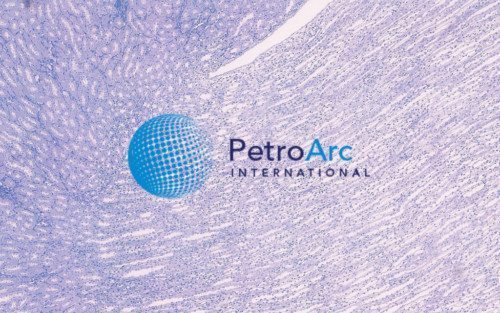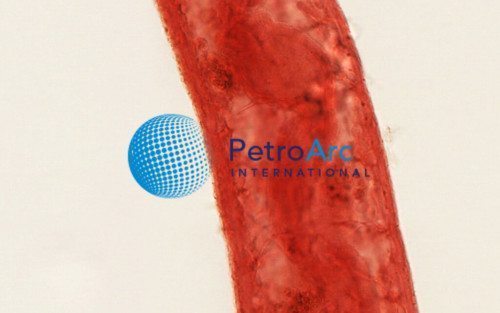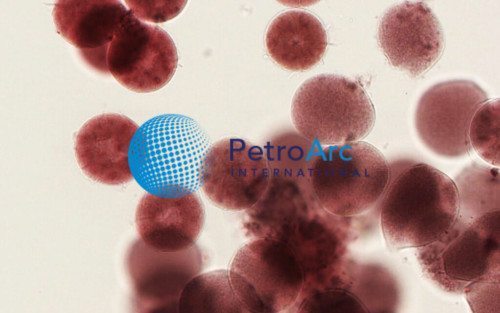HUMA-087 | Slides maybe purchase individually or as custom collections. If you wish to purchase 25 or more virtual slides, discounts will be automatically applied according to incremental package sets of 25, 50, 100, 200, or unlimited.
Human Kidney, 200X MB-AF
Product Description
The kidneys are bean-shaped organs that serve several essential regulatory roles in vertebrates. Their main function is to regulate the balance of electrolytes in the blood, along with maintaining pH homeostasis. They also remove excess organic molecules from the blood, and it is by this action that their best-known function is performed: the removal of waste products of metabolism. Kidneys are essential to the urinary system and also serve homeostatic functions such as the regulation of electrolytes (including salts), maintenance of acid?base balance, maintenance of fluid balance, and regulation of blood pressure (via the salt and water balance). The renal artery enters into the kidney at the level of the first lumbar vertebra just below the superior mesenteric artery. As it enters the kidney, it divides into branches: first the segmental artery, which divides into 2 or 3 lobar arteries, then further divides into interlobar arteries, which further divide into the arcuate artery, which leads into the interlobular artery, which form afferent arterioles. The afferent arterioles form the glomerulus (network of capillaries enclosed in Bowman’s capsule). From here, efferent arterioles leaves the glomerulus and divide into peritubular capillaries, which drain into the interlobular veins and then into arcuate vein and then into interlobar vein, which runs into lobar vein, which opens into the segmental vein and which drains into the renal vein, and then from it blood moves into the inferior vena cava.






